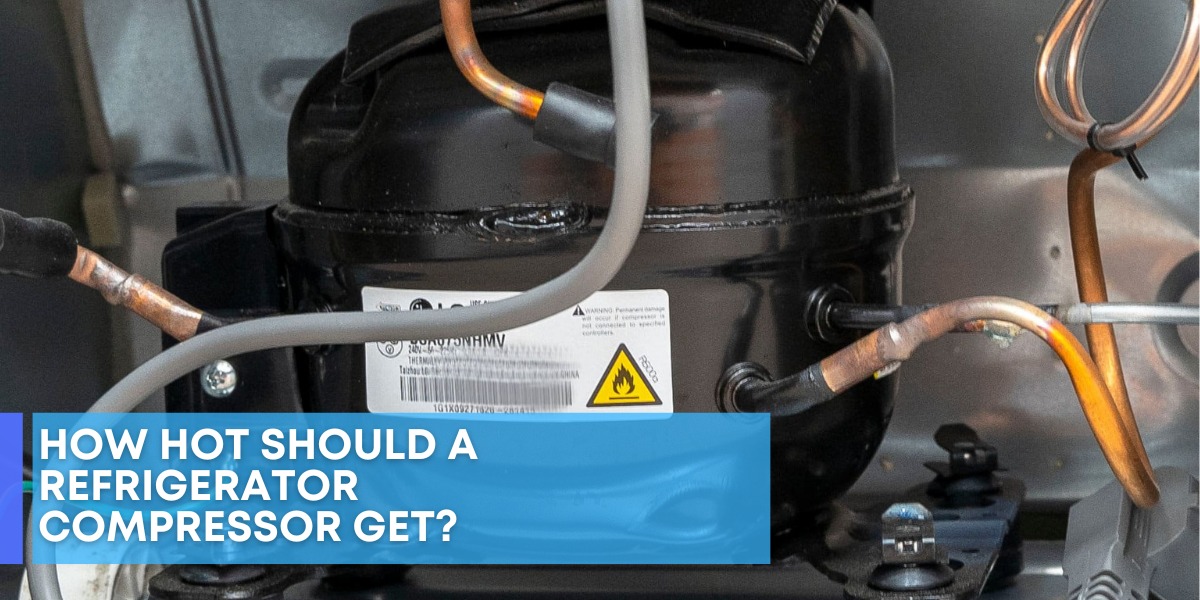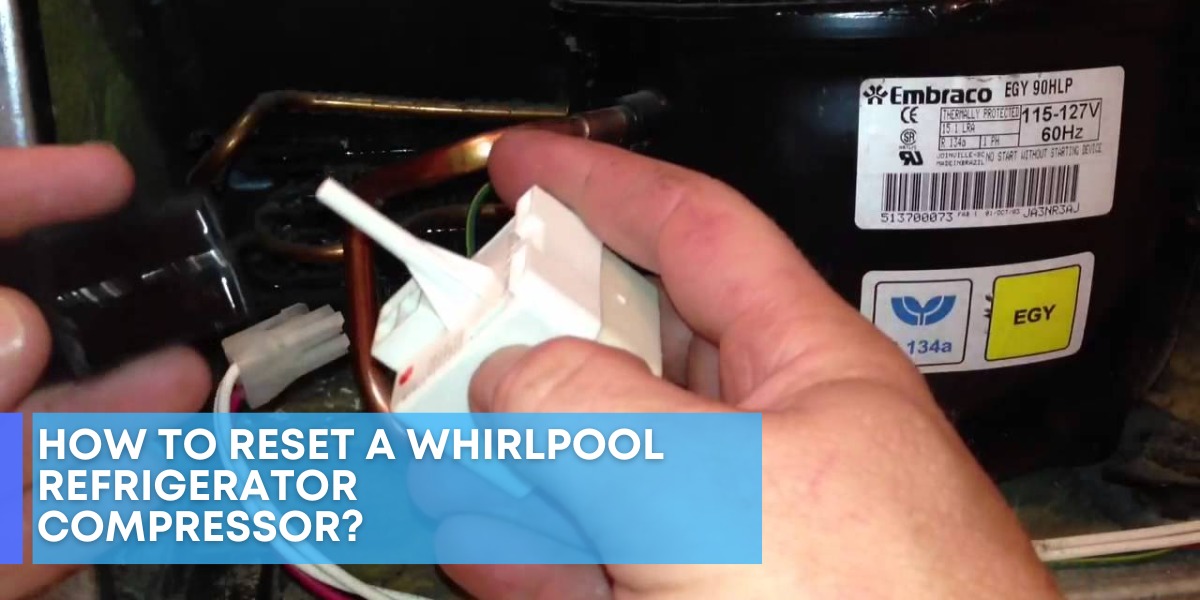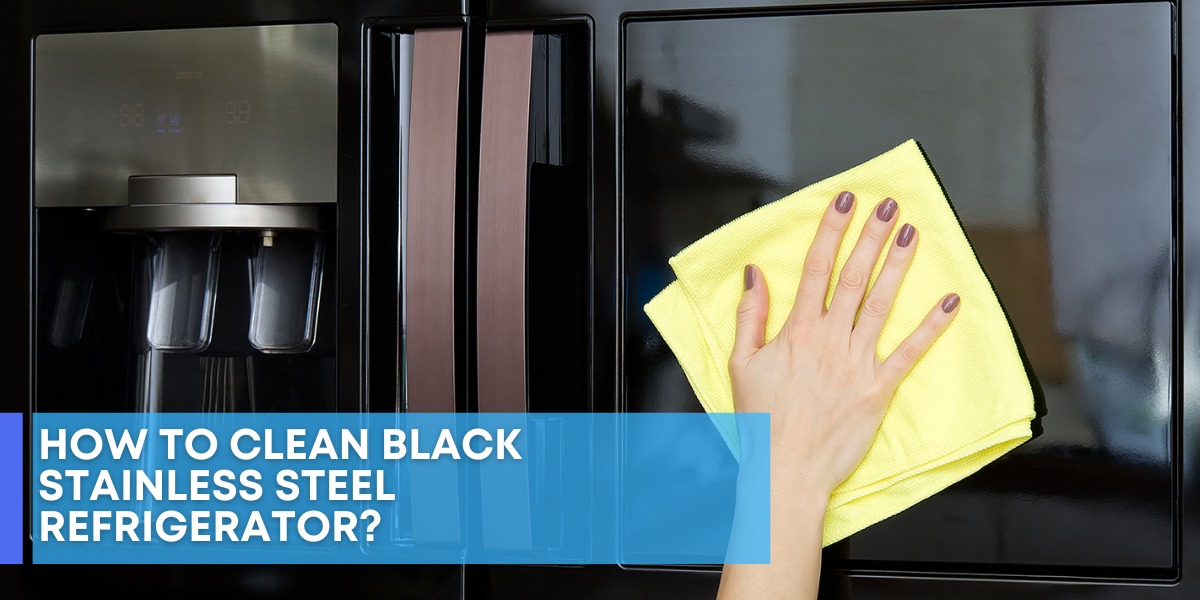Washing machines are an essential appliance in our daily lives. They simplify the task of cleaning clothes and have become a standard feature in most households. One of the key components of a washing machine is the motor, which drives the drum and agitator. Without a functioning motor, the washing machine is unable to do its job effectively. In this blog post, we will take a closer look at how the washing machine motor works.
Basic Overview of a Washing Machine Motor
A washing machine motor is a type of electric motor that is specifically designed for the purpose of powering the drum and agitator of a washing machine. The motor is responsible for turning the drum and agitator, which agitates the water and detergent to clean the clothes.
The washing machine motor is typically located at the bottom of the machine, below the drum. It is connected to the drum and agitator via a series of belts and pulleys. The motor is controlled by the washing machine’s electronic control board, which regulates the speed and direction of the motor.

ARE YOU IN NEED OF A WASHING MACHINE REPAIR SERVICE IN UAE?
If so, then you’ve come to the right place. At hafixer.com, we offer a wide range of affordable washing machine repair services in UAE that are sure to meet your needs.
If you’re experiencing any of the following issues with your washing machine, we can help:
- Lack of water when using the machine
- Noisy or difficultly operating machine
- Faulty agitator
- Washing machine not draining properly
We offer a variety of affordable washing machine repair services that are sure to meet your needs. Plus, our experienced technicians are always on hand to help with any questions or concerns you may have. So don’t wait another minute – call us today for more information about our washing machine repair services in UAE.
Types of Washing Machine Motors
There are two main types of washing machine motors: direct drive motors and belt drive motors.
Direct drive motors are typically found in newer washing machines and are more efficient and durable than belt drive motors. Direct drive motors use a single shaft to power the drum and agitator, which eliminates the need for belts and pulleys. This results in less friction and wear and tear on the motor, which increases its lifespan.
Belt drive motors, on the other hand, use belts and pulleys to power the drum and agitator. These motors are typically found in older washing machines and are less efficient than direct drive motors. Belt drive motors require more maintenance and are more prone to wear and tear.
Components of a Washing Machine Motor
A washing machine motor consists of several components that work together to power the drum and agitator.
- Stator: The stator is the stationary part of the motor that contains the winding coils. These coils create a magnetic field that interacts with the rotor to produce motion.
- Rotor: The rotor is the rotating part of the motor that is attached to the shaft. The rotor is made up of a series of laminated steel cores that are stacked together and wrapped in copper wire.
- Shaft: The shaft is the part of the motor that connects the rotor to the drum and agitator. The shaft is typically made of steel and is supported by bearings to reduce friction.
- Bearings: The bearings are small, round components that support the shaft and reduce friction. They are typically made of metal and are designed to withstand high temperatures and pressures.
- Capacitor: The capacitor is a small electrical component that is used to start the motor. It stores energy and releases it to the motor to help it overcome inertia and start rotating.
How a Washing Machine Motor Works?
When you turn on your washing machine, the electronic control board sends a signal to the motor to start rotating. The capacitor releases energy to the motor, which helps it overcome inertia and start rotating.
The stator creates a magnetic field that interacts with the rotor to produce motion. The rotor spins at a high speed, which causes the shaft to rotate. The shaft is connected to the drum and agitator via a series of belts and pulleys, which causes them to rotate as well.
The speed and direction of the motor are controlled by the electronic control board. The board regulates the voltage and frequency of the current that is supplied to the motor. By changing the voltage and frequency, the board can increase or decrease the speed of the motor.
When the washing machine is in wash mode, the motor rotates the agitator back and forth, which agitates the water and detergent to clean the clothes. When the washing machine is in spin mode, the motor rotates the drum at a high speed, which causes the water to be forced out of the clothes by centrifugal force.
Troubleshooting Washing Machine Motor Problems
Like any other mechanical component, washing machine motors can experience problems over time.
Here are some common motor problems and how to troubleshoot them:
- Motor won’t start: If the motor won’t start, check the capacitor to make sure it’s not faulty. If the capacitor is working correctly, the problem may be with the motor’s winding coils or bearings.
- Motor is noisy: If the motor is making unusual noises, it could be a sign of worn bearings. Replace the bearings to solve the problem.
- Motor is overheating: If the motor is overheating, it could be a sign of a faulty capacitor or winding coils. Check the capacitor and coils to determine the problem.
- Motor is running too slow or too fast: If the motor is running too slow or too fast, check the electronic control board to make sure it’s working correctly. If the board is functioning correctly, the problem may be with the motor’s winding coils or bearings.
The washing machine motor is an essential component of a washing machine, responsible for powering the drum and agitator. Understanding how the motor works and the components involved can help you troubleshoot any problems that may arise. With proper maintenance and care, a washing machine motor can last for many years, ensuring your clothes are clean and fresh with every wash. HA Fixer offers professional repair services for washing machine motors and other home appliances, ensuring your appliances are in top condition.











